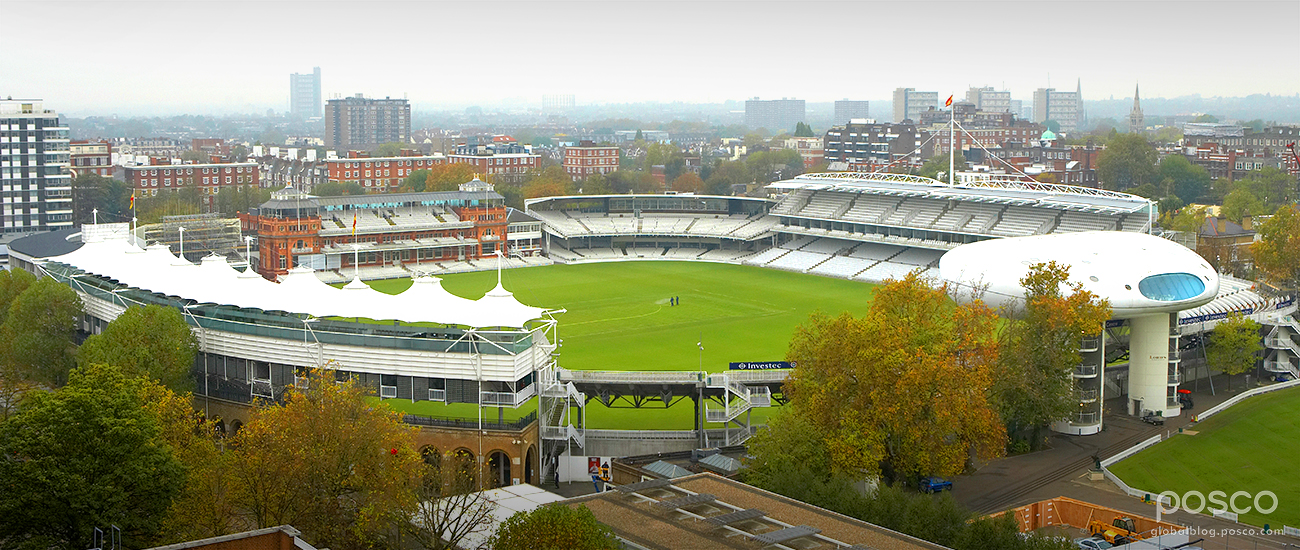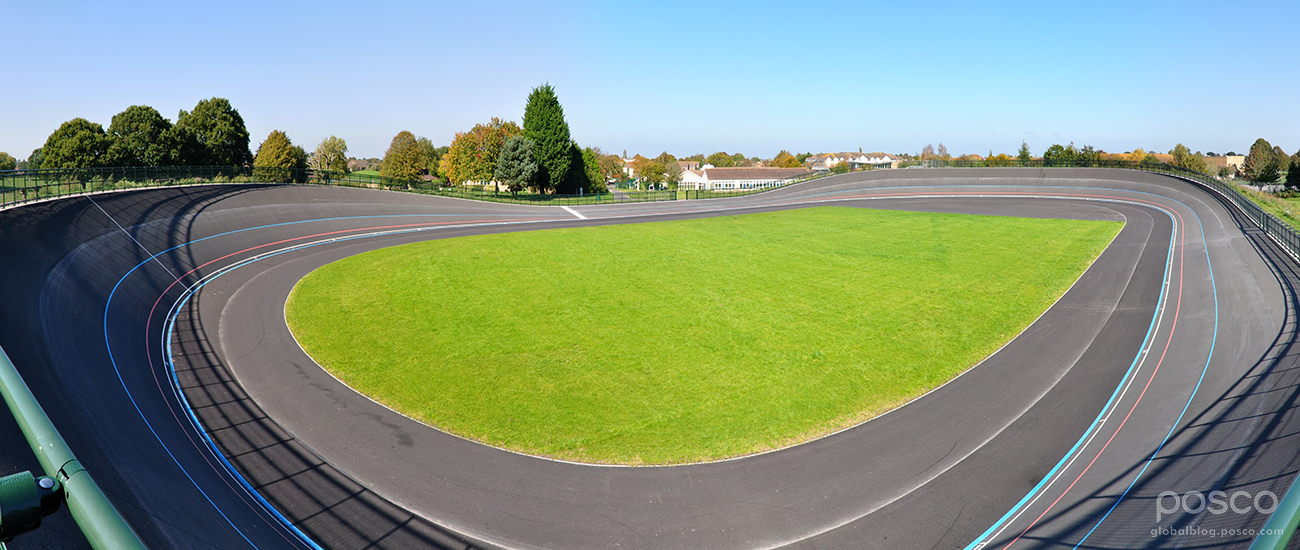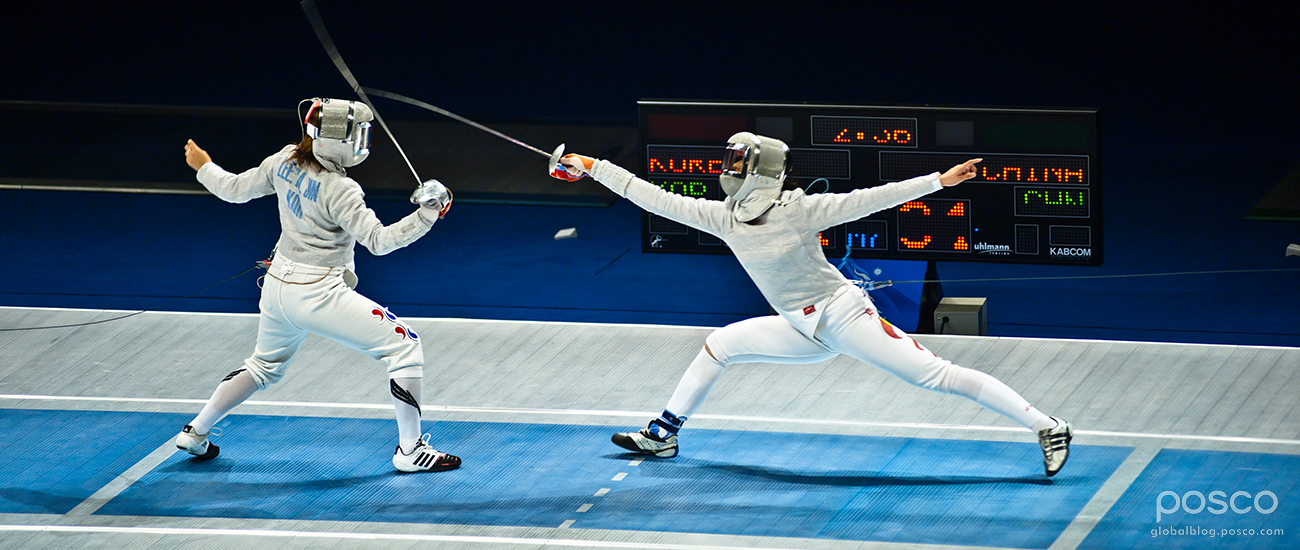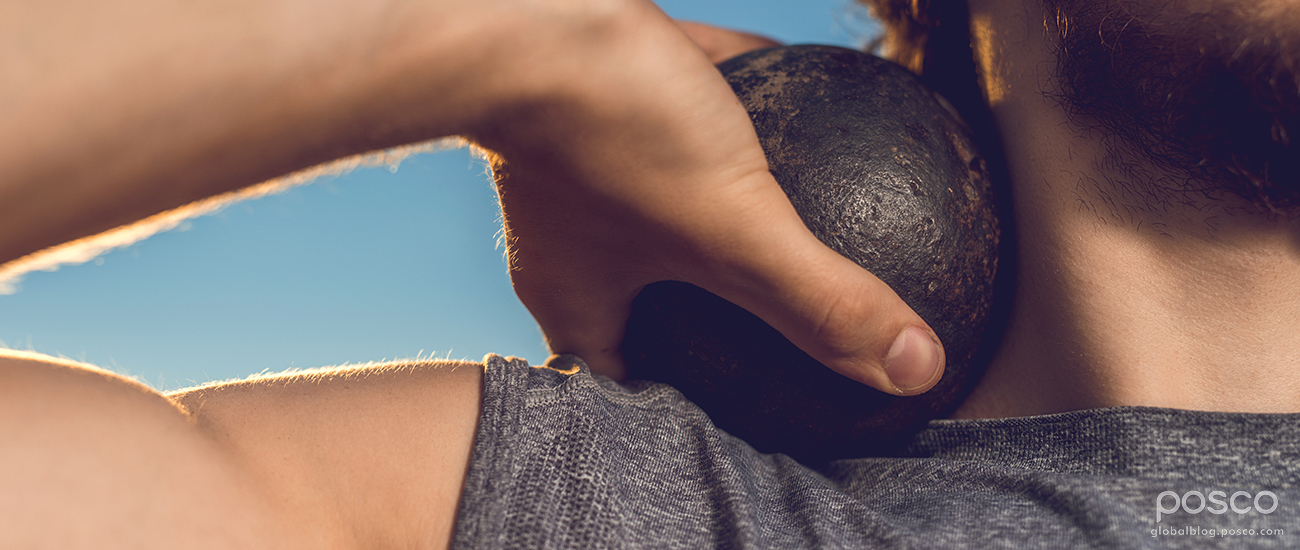Steel can be found in virtually every aspect of Olympic venue construction. Vast stadiums built using steel house tens of thousands of spectators and elite athletes from various disciplines.
A Macro Look into Olympic Steel

In 2012, the city of London took initiative in creating a sustainable “green games” to offset the impact the Olympics can have on its host city. Planning for the Olympic site began by choosing an area where improvement was needed and beneficial for the community, rather than reclaiming land that might have negative repercussions for surrounding areas.
Four main stadiums were constructed for the 2012 games using sustainable methods which reduced carbon emissions and other environmental impacts. Steel played a major role in all four stadium designs, setting a standard for what future Olympic stadiums can strive to achieve.
Climate Home closely examined the Olympic Stadium, Aquatics Center, Velodrome and Basketball Arena, providing an in-depth look at how each was constructed.
With a capacity to hold 80,000 spectators, the Olympic Stadium intertwined elements of temporary and permanent into its design, minimizing the need for excess construction materials. The stadium’s construction only consumed 10,000 tons of steel, making it the lightest Olympic stadium to date. The sustainable use of steel allowed the stadium to be partially deconstructed when the Games were over, leaving the main structure intact and ready for two local football clubs that took ownership after the Games.
The renowned and highly-regarded architect Zaha Hadid was commissioned to design London 2012’s Aquatic Center. Built to contain over 10 million liters of water, the Aquatic Center was the event’s second largest venue. Also designed only for temporary use, the stadium’s seating was made using steel and phthalate-free PVC wrap that could be dissembled when the Games were over.

The most iconic of the London 2012 venues as well as the most sustainable is the Velodrome, built for track cycling events. Climate Home mentions that the most striking feature of the Velodrome, which is still regularly used, is the use of a cable-net roof design – ‘strung’ with steel cables like a tennis racket – meaning conventional steel beams were not required. The Velodrome’s innovative steel design cut overall construction time down by 20 weeks.
Lastly and the most temporary of the four steel Olympic structures is the Basketball Arena. The venue, which was used almost every day during the Games’ duration, was made up of 1,000 tons of steel and was covered in 20,000 square meters of recyclable white PVC fabric. After the venue’s deconstruction, various parts were relocated and reused for other events.
A Micro Look into Olympic Steel
Looking deeper into how steel is used in the Olympics outside of venues and large facilities, you will find the illustrious metal being lifted beyond human strength, lunging at torsos and hurled across grassy fields. Steel is used in many sports like track and field, weightlifting and fencing, allowing athletes to truly test their limits.

Fencing, a sport that dates back centuries, has three disciplines: sabre, foil and epee. Each discipline requires a different weapon that varies in size, weight and design. All three weapons have one thing in common – they are made of maraging steel, an ultra-strength alloy used in aeronautics and military weapons. Wired.com says that what makes the steel ideal for fencing is a crack in the blade tends to spread 10 times slower than a crack in carbon steel, so the blades are more robust and won’t break as often.
On the heavier side, specialty steels are used to make the bar that holds the barbells in Olympic weightlifting events. The steel bars used are designed to withstand 1-1/2 tons with breaking or losing its shape. Often, the bars will bend while being lifted; however, they are made to do so with built-in elasticity that allows the bar to spring back into shape after each lift.

Making its way to track and field, steel cannonball-like shot puts can be seen flying through the air. The shot put ball is made of different kinds of materials depending on its intended use, however, the most common type of balls are made of cast iron, solid steel and stainless steel. Men’s competition shot weighs 7.26 kilograms and the women’s shot weighs 4 kilograms. The objective is to hurl the ball as far as possible within a certain number of tries.
Gold, Silver, Bronze and Steel
Steel has an incredibly important role in the Olympic Games. Without it, stadiums and other venues would not have the strength or durability to contain elite athletes, global media and excited spectators. Sporting events like fencing, weightlifting and select track and field events would limited by the use of other metals, and would not permit the competitors to push their limits and achieve the impossible.
The use of steel in future Olympic Games will continue to play an integral part on both a macro scale with stadium and venue construction, and on a micro scale with varying sporting equipment – making it possibly the fourth most important metal in the games after gold, silver and bronze.
